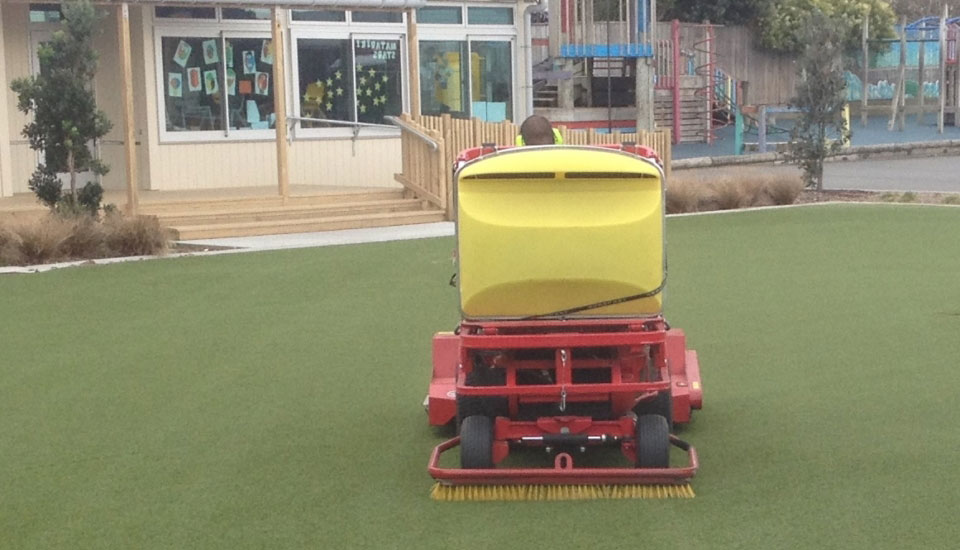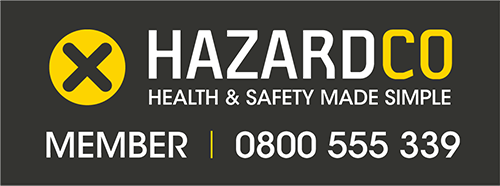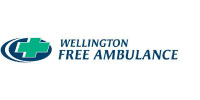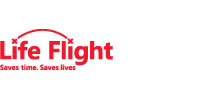ThinkTurf
Turf products and installation, Wellington, Palmerston North, Nelson, New Plymouth
Synthetic Turf Maintenance & Repairs
Repairing artificial grass
Repairing synthetic turf/artificial grass is much like repairing carpet. With the right tools and expertise, sections can be cut out and replaced with ease. Seams can be repaired and rejoined and turf re-groomed to provide many more useful years of life.
We have a full range of turf product, landscape, tennis, cricket, putting, sports fields on hand all the time for this repair work and provide a dedicated service team to carry this out.
Regular grooming is also important to maintain the life expectancy of your turf. We have power brooms and grooming machines available for this work. Replacing infill of sand or rubber regularly also maximises the life of the turf and is essential to maintain a minimum fall protection where required.
Synthetic Turf or artificial grass is the ideal option for low maintenance beautiful green lawn all year round. To keep an artificial grass lawn at its best, it is important to follow these steps to maximize the synthetic turf’s life and performance.
Keep the surface clean, clean up organic materials such as food and animal droppings as it is deposited.
Give the turf a good brush against the direction of the pile every few weeks with a stiff (not metal) yard broom or leaf rake.
Periodic flushing with a hose on a medium pressure setting (be careful not to shift the infill) will help any particles trapped in the synthetic turf wash away through the sub base.
The synthetic turf can be washed with water and a mild detergent (small quantity) to remove any potential accidental spills.
Regular inspection of your synthetic turf will ensure any warranty issues can be addressed immediately before the problem escalates. Please contact us, if you’re concerned about any spills, problems or damage.
Weeds & Moss
Sand infill synthetic turf can be subject to the growth of moss (particularly in shaded areas) and growth of weeds arising from seeds blown onto the synthetic turf surface. Early detection is important. With weeds, removal by hand is usually adequate, taking care not to damage the synthetic turf or its sub-base. However, if the problem is not solved, certain herbicides or algaecides may be used under strict instruction of Think Turf.
An important tip for maintaining the synthetic turf is to do little often, rather that neglecting maintenance procedures for months and then facing large costs to restore the synthetic turf to its optimum performance capabilities. Failure to maintain the synthetic turf may affect the guarantee.
If mud and rubbish is allowed to be walked on to the synthetic turf surface, this will quickly affect the synthetic turf’s performance. The cost of cleaning the synthetic turf isn’t cheap, so we advise being careful.
Aftercare
Depending on the amount of use your grass areas get, they will greatly benefit from a regular light broom to remove loose debris and help the yarn to stand back up. Annually we recommend a deeper brooming by either a power broom or grooming machine to stand the turf back up and apply more infill sand. Contact us at Think Turf to enquire about this process.
Cleaning & Stain Removal
It is essential that fresh spills are acted on promptly as they are easier to remove from the synthetic turf than dried or hardened ones. Remove any solids with a plastic spatula. Blot up excess liquids with plenty of paper towels or a dry absorbent such as kitty litter. Dry absorbents can then either be swept up or vacuumed.
Polyethylene surfaces have good resistance to staining. However, the surface is only one part of a sophisticated system of components designed for overall surface performance. Some cleaners are safe to use on Polyethylene but could be harmful to other parts of the synthetic turf. This means the correct cleaning fluids should be used dependent on the stain so as to minimise possible effect on the under-pad of the synthetic turf. The handling and use of cleaning chemicals in general, should be undertaken in strict adherence to the manufacturer’s instructions. Do not use Chlorine based bleaches or caustic detergents on your synthetic turf surface as this will cause discolouration.
Without any special precaution:
- A warm mild solution of granular household detergent and water OR a neutral low foaming detergent recommended for delicate fabrics. Use with approx. 5 litres of water.
- Coffee, tea, cocoa, grape, orange, tomato juice milk, ice cream, tomato sauce, mustard, food colouring, beer, wine, butter and fizzy drinks.
With some precaution:
- To neutralize animal waste, use a mixture of white distilled vinegar with equal amounts of water. Flush thoroughly with water after the application.
- Chewing Gum is a common hazard on synthetic turf but can be removed by using dry cleaning fluid or by freezing. Aerosol packs of refrigerant can be sourced from carpet cleaning suppliers for this purpose, or dry ice could be used. When using such products, care should be taken to comply with instructions.
- If in doubt, please contact Think Turf for clarification.
Got a question? Want a quote?
We would love to hear from you about how we can help with your next project. Contact us on:
Phone: 04 939 6950
Email: office@thinkturf.co.nz
Or visit us at our
Wellington Showroom:
94 Sydney St, Petone, Wellington
Mon-Fri 9am-1pm








